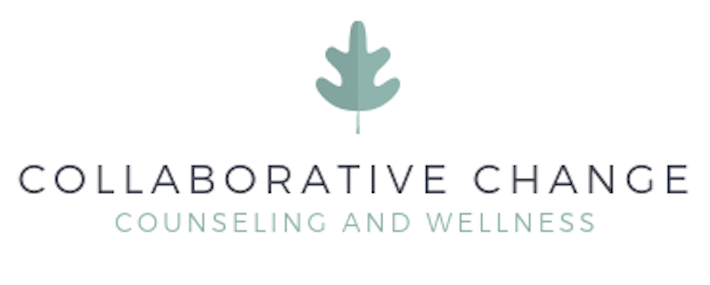Spring and summer are often associated with energy, new life, hope and new beginnings. For many of us, these seasons do indeed represent these ideals. However, for others, spring and summer months can bring very different experiences.
Seasonal Affective Disorder (SAD) is a type of depressive disorder associated with particular seasons of the year. Many of us may think that Seasonal Affective Disorder only occurs in the fall and winter months, as light fades and warmth recedes. While this is true for the majority of people who experience depressive symptoms associated with SAD, a subset of individuals experience the reverse – an increase in symptoms in the spring and summer.
Symptoms of Seasonal Affective Disorder
Common Symptoms
Symptoms of depression that occur with Seasonal Affective Disorder may include feelings of sadness most of the day nearly every day, lack of interest in things you once liked, low energy or feeling like you are “walking through mud”, changes in sleep and appetite, difficulty concentrating, feeling hopeless or guilty, and sometimes feeling that life is not worth living.
Differential Symptoms
While many of the symptoms of SAD are similar regardless of the season, there are some ways that spring-onset SAD may differ from winter-onset. The Mayo Clinic notes that depressive symptoms linked to spring and summer seasonal affective disorder may be more likely to include difficulty sleeping, decreased appetite, weight loss, agitation and irritability. This differs from the weight gain, carbohydrate cravings, hypersomnia and fatigue that may characterize seasonal affective disorder that presents in the winter.
Depression is always painful. Experiencing Seasonal Affective Disorder in the spring and summer can be even more isolating as you watch those around you experience joy with the changing seasons. You may wonder what is wrong with you, and why you can not “just be happy” like those around you. You may fear you will be a burden to others, or detract from their enjoyment, and so you pull away and isolate further. While the tendency to withdraw from others makes sense, this is the time for you to access support so that you can begin to address the impact of Seasonal Affective Disorder in your life.
Get Support for Seasonal Affective Disorder
Therapeutic Support
At Collaborative Change Counseling and Wellness, our clinicians understand what it is like to experience depression when everyone around you seems to be accessing joy. In Individual Therapy you will have the opportunity work with your therapist to identify what may be contributing to seasonal affective disorder and begin to make change. Acceptance and Commitment Therapy (ACT) can help you identify and act according to your values, even while you are experiencing symptoms. Cognitive Behavioral Therapy (CBT) and Dialectical Behavior Therapy (DBT) may also be helpful, as these approaches help you identify your thoughts and behaviors and effectively alter them to make changes in your mood. The symptoms of depression that come with Seasonal Affective Disorder have impacted your quality of life, but they can be treated.
Reach out to us today and take the first step towards accessing your joy this Spring.


